Dungeons & Dragons is a complex hobby to organize. As a Dungeon Master, you have to not only produce an enjoyable game but also navigate the social realities of your group and mediate conflicts as they arise. A campaign can go on for hundreds of hours and this means your players are going to have disputes.
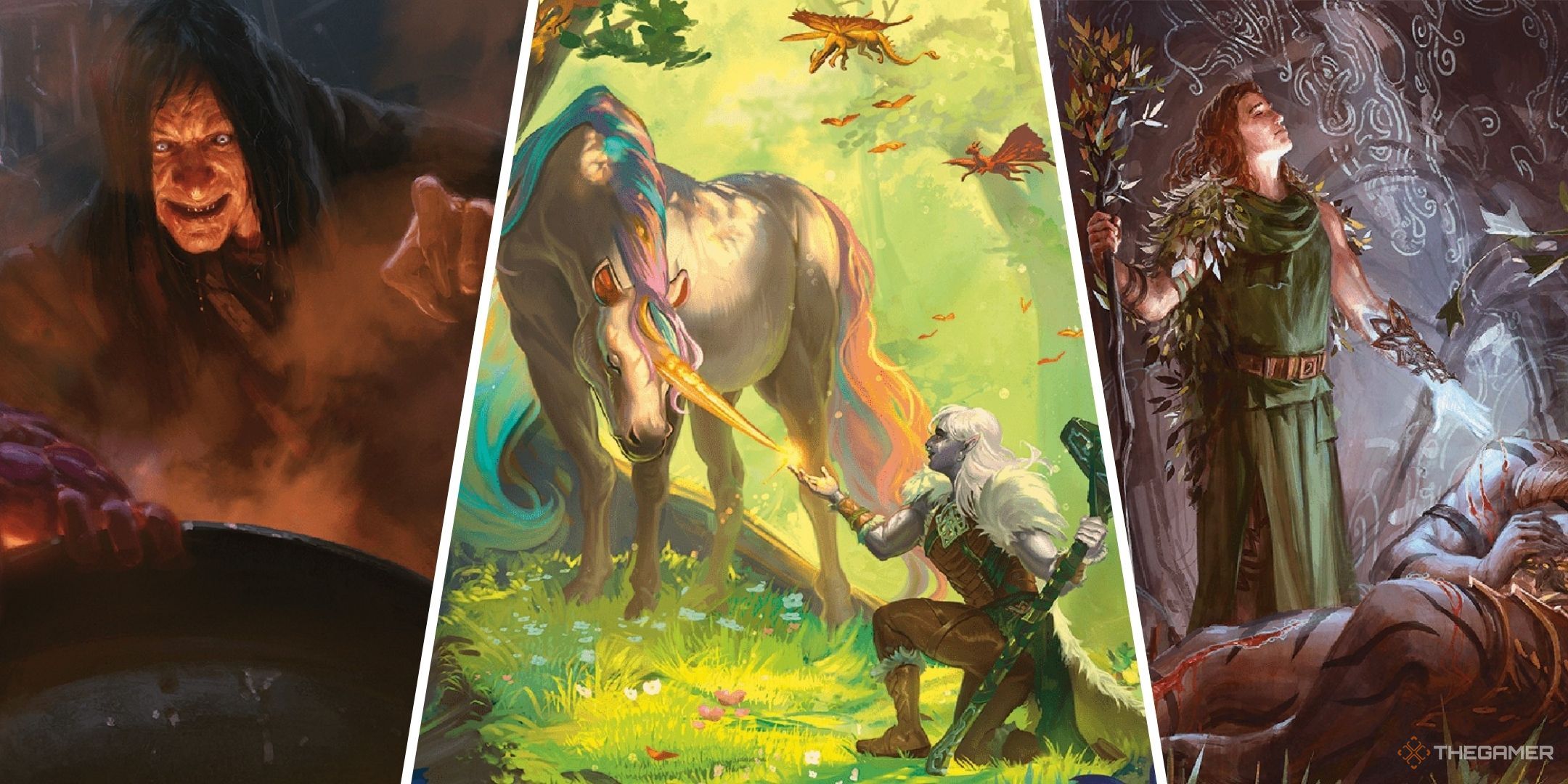
Related
Dungeons & Dragons: 7 Best Charms In The 2024 Dungeon Master’s Guide
Present your players with some sweet charms from the DMG.
Resolving these intra-party conflicts isn’t a perfectly linear process, and you can expect to get better both as you become a stronger DM and as your players improve. There are some consistent points you can look to for both handling conflict and preventing it.
Examine Your Players For Conflicting Motivations
One of the biggest sources of conflict between players in tabletop games is conflicting interests. The Character Tracker sheets in the 2024 Dungeon Master’s Guide notes down eight types of player motivation, such as acting out a role or solving puzzles. Some of these can come into conflict. Obvious cases are players interested in different aspects of game-play or competing for the same sections of spotlight:
- A player who enjoys fighting might start a brawl while a socializing-focused player is trying to negotiate.
- A player who enjoys optimizing their characters may come into conflict with one with less interest or experience in optimization, or someone with different ideas about optimal play.
- An instigator might enjoy creating problems and drama that storytelling players then need to resolve.
Few players fall neatly into one category, but this provides a helpful lens for seeing how the players are coming into conflict and what needs to change to avoid it happening again.
Some of these issues can be handled by a skilled DM splitting the spotlight appropriately.
- If the party just finished an encounter and are low on resources, fighting-oriented gamers are more willing to leave diplomacy uninterrupted until they get a chance to recover.
- The instigator might be given a chance to cause trouble in one scene adjacent to another scene you don’t want them interfering with. They might even draw comedic value from the tonal whiplash.
- A group with mixed levels of optimization can use different encounter structures to give the spotlight to each of the characters. The linguist feat is traditionally not the most useful in combat but can become relevant to overhear orders given by enemy leaders.
Other conflicts here can indicate that a player isn’t the right fit for the game you’re running: A player who is expecting a mechanics-focused dungeon crawl is going to be dissatisfied with an intrigue-focused adventure, and the intra-party conflict may be an unintended proxy for their frustrations with the game overall.
This can sometimes be resolved by having a discussion with the players involved about their expectations of the game: They might be able to have a better time if they reframe their expectations and agree to new ground rules. In other cases, you may need to choose to remove a player from the group, either permanently or until a campaign arises that better matches their motivations and expectations.
Check If The Conflict Is Between Players Or Characters
Depending on the type of game you’re running, conflicts between PCs are a good thing. The drama can serve as a good opportunity for role-play and allow the characters to grow and express themselves. If your players are on board for this type of game, you may not need to intervene unless the emotions start to bleed out of the game.
If a character just had an emotionally resonant scene that puts them at cross-purposes with other PCs, this can sometimes be interpreted as genuine hostility. In some cases, it will have a triggering effect on a person even if they know the words and actions are explicitly in-character and not directed at them.
It can help to take time after these emotionally charged sessions to talk with each other out of character, about things other than the game and affirm your friendships. Allot time for this when planning your games, especially if scheduling a session that might provoke strong emotions.
How To Avoid Conflict between Player Characters
Some forms of conflict between characters can be a result of poor coordination between the players when building their characters.
- If one of the players is bringing a Paladin of Lathander and another is playing a cleric of Evening Glory the game needs to provide a very strong reason why they won’t kill each other on sight, and why they’ll trust each other enough to adventure together for months or years.
- Similarly, if three different people are playing an exiled noble bard looking to reclaim their honor, they’ll be climbing over each other for roleplaying scenes and fighting over who gets to be the party face.
A good session zero will typically iron these issues out either by providing an in-character reason for the party to adventure together or encouraging the players to not make PCs incapable of working together. An alternative is providing a unifying theme for people to build their characters around, such as “All PCs must have a reason to oppose the Dragon Queen.”
This is also the right time to ask if the players are okay with their PCs coming into conflict, whether in role-play or outright combat.
Reassess The Players’ Boundaries
If you’ve followed the tools in the DM’s guide, you should have a list of content the players want excluded from the game. The things that jump to most peoples’ minds are specific trigger warnings, types of content that discomforts them and they don’t want the narrative to include or focus on.
As part of this same process, you can collect boundaries relating to player conduct. Many behaviours are acceptable in some groups and frowned upon in others, so its important to have a shared understanding:
- A player might ask that the others avoid breaking character or instigating conflict during certain serious scenes, especially those related to a character’s story.
- Some groups will veto behaviors, such as interrupting social scenes or helping on skill checks without asking. Many like having the guidance bonus while others find it rude for a cleric to stand behind them and pray nothing goes wrong with their trap disarming.
- Actions that bring players into conflict are an important thing to check. Player versus Player combat is not a strong point of the system and many groups have a policy disallowing it, but it may be hazier on actions that don’t directly translate into rolling initiative. Before letting a rogue steal loot, check with the group out of character that they’re comfortable.
The DM is also able to set down their rules and expectations. If you as the DM are not comfortable navigating intra-party conflicts, tell the players to avoid it whenever possible.
For drop-in games, the ground rules may not always be explicitly stated. When this is the case a player can err on the side of caution: avoid PvP, don’t steal from the party, and make decisions as a group. A DM can still inform and correct a player who breaks an unspoken rule.
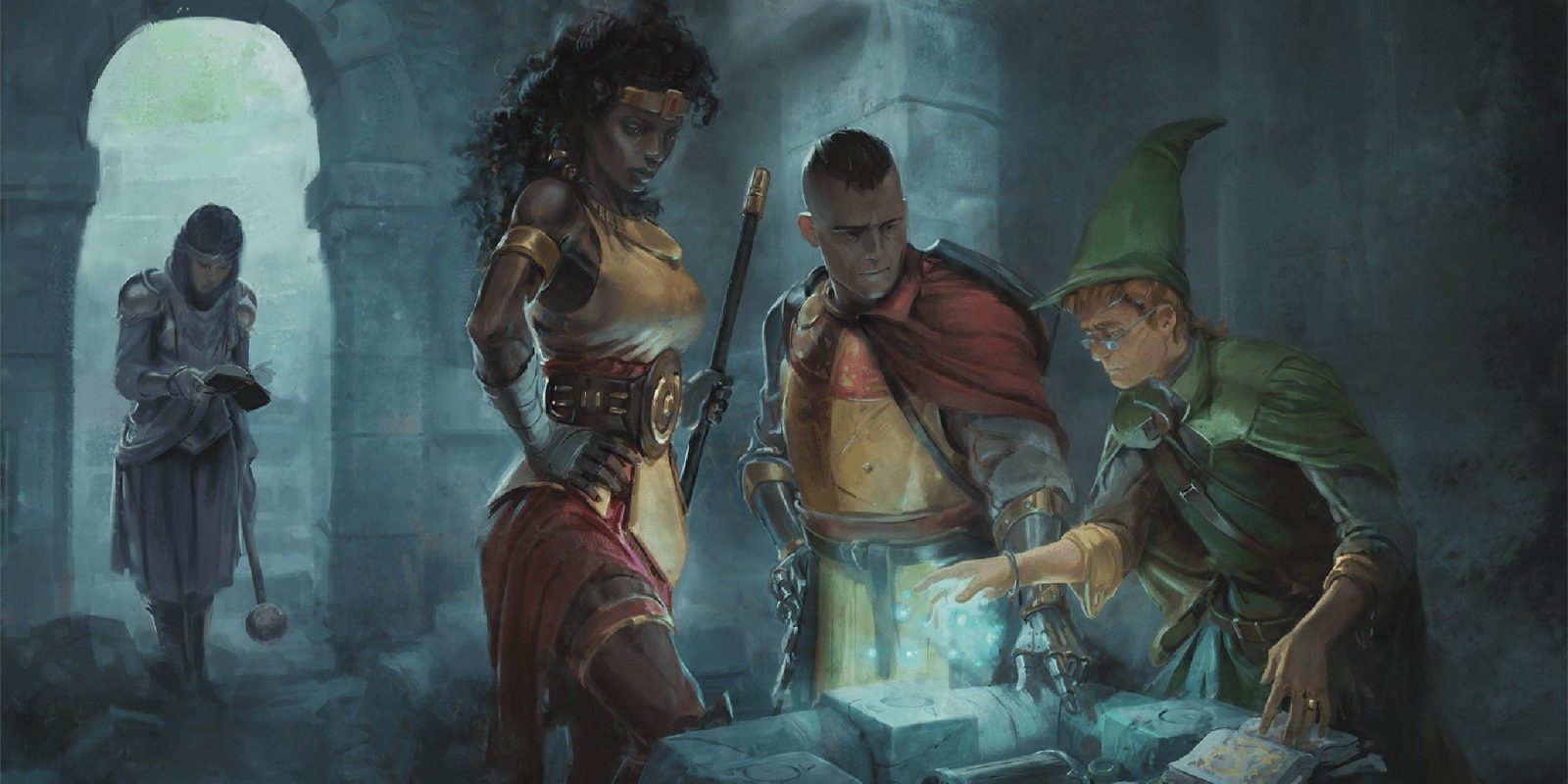
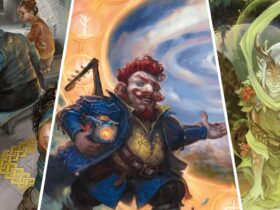
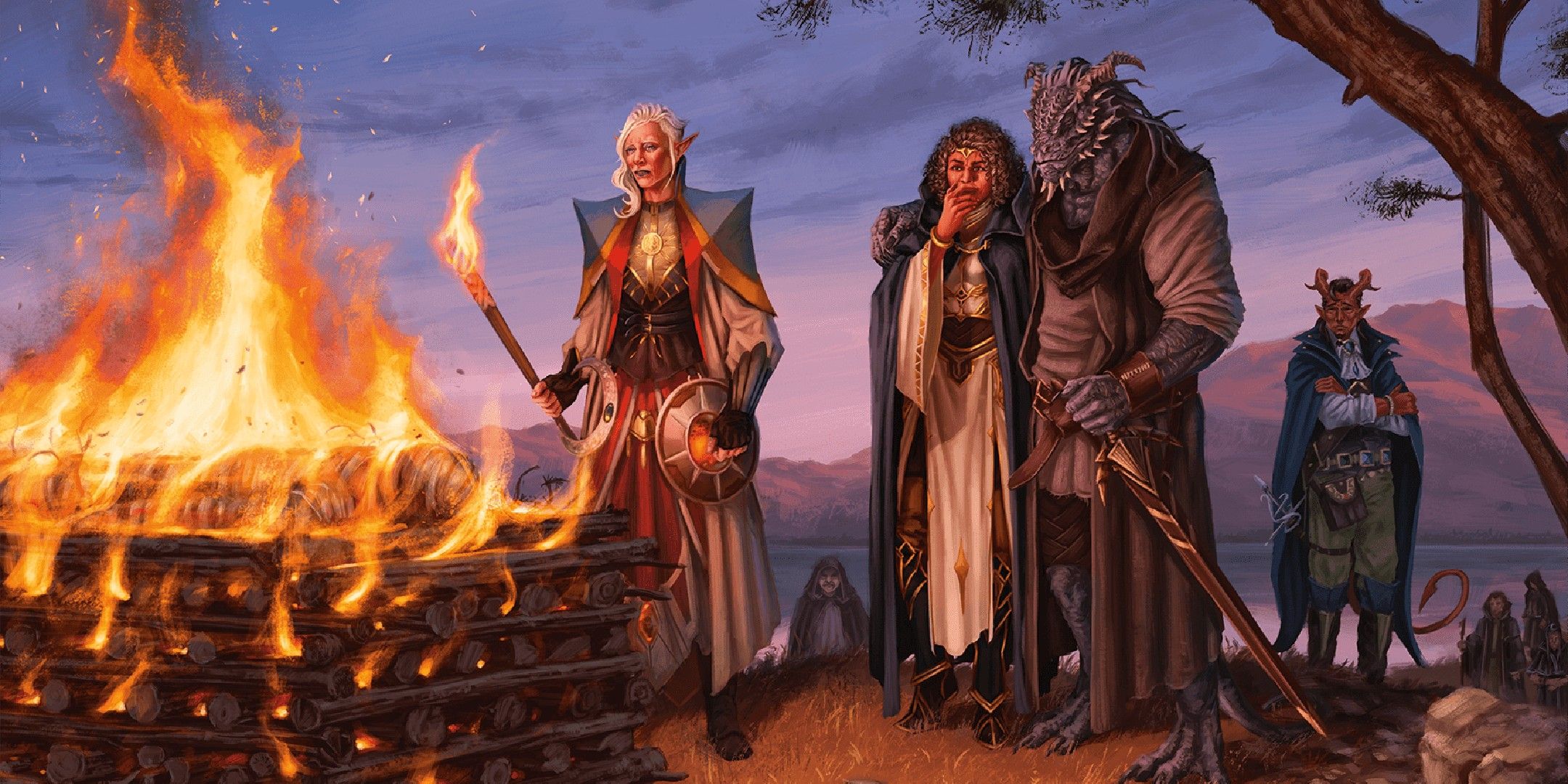
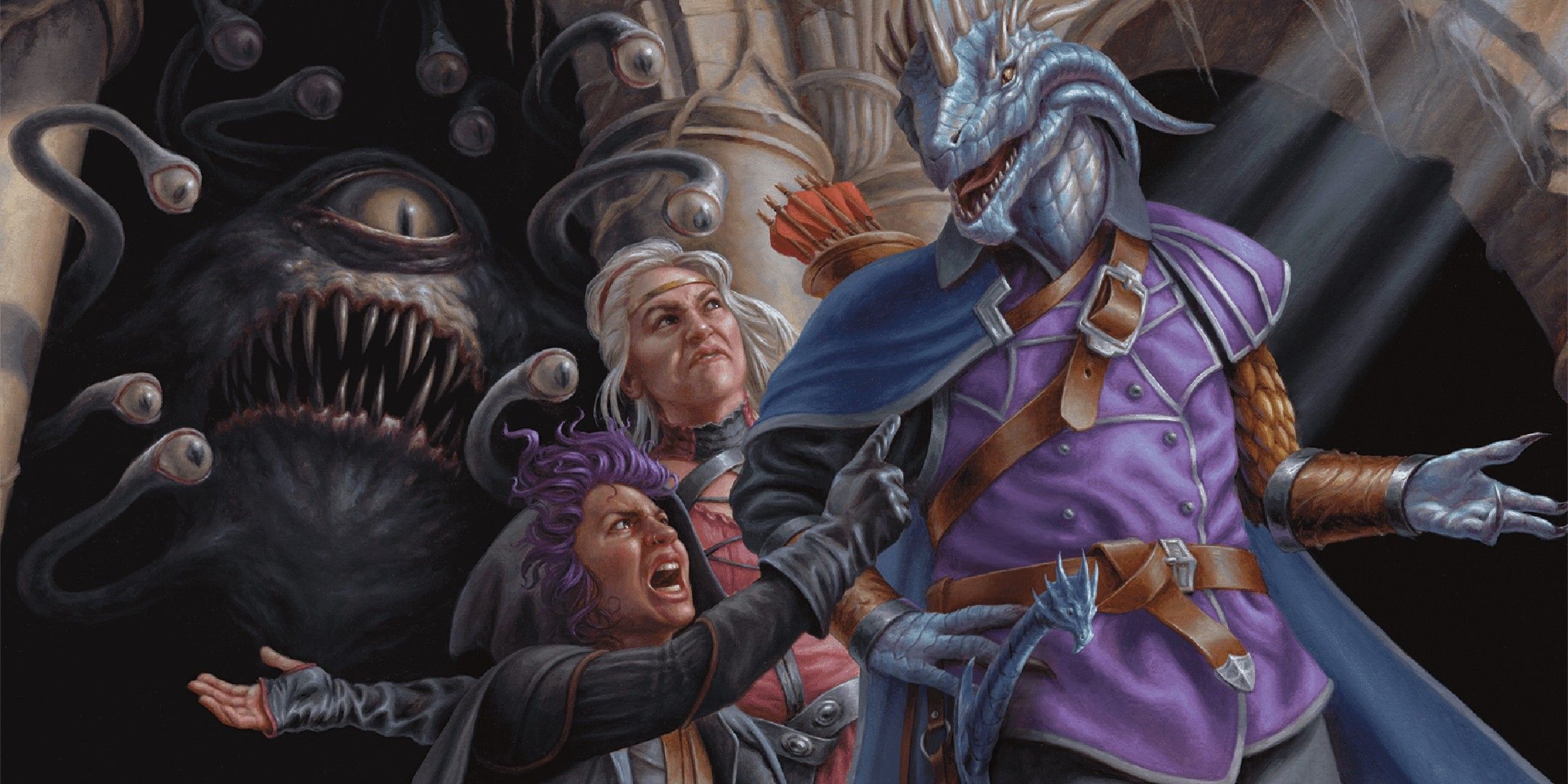
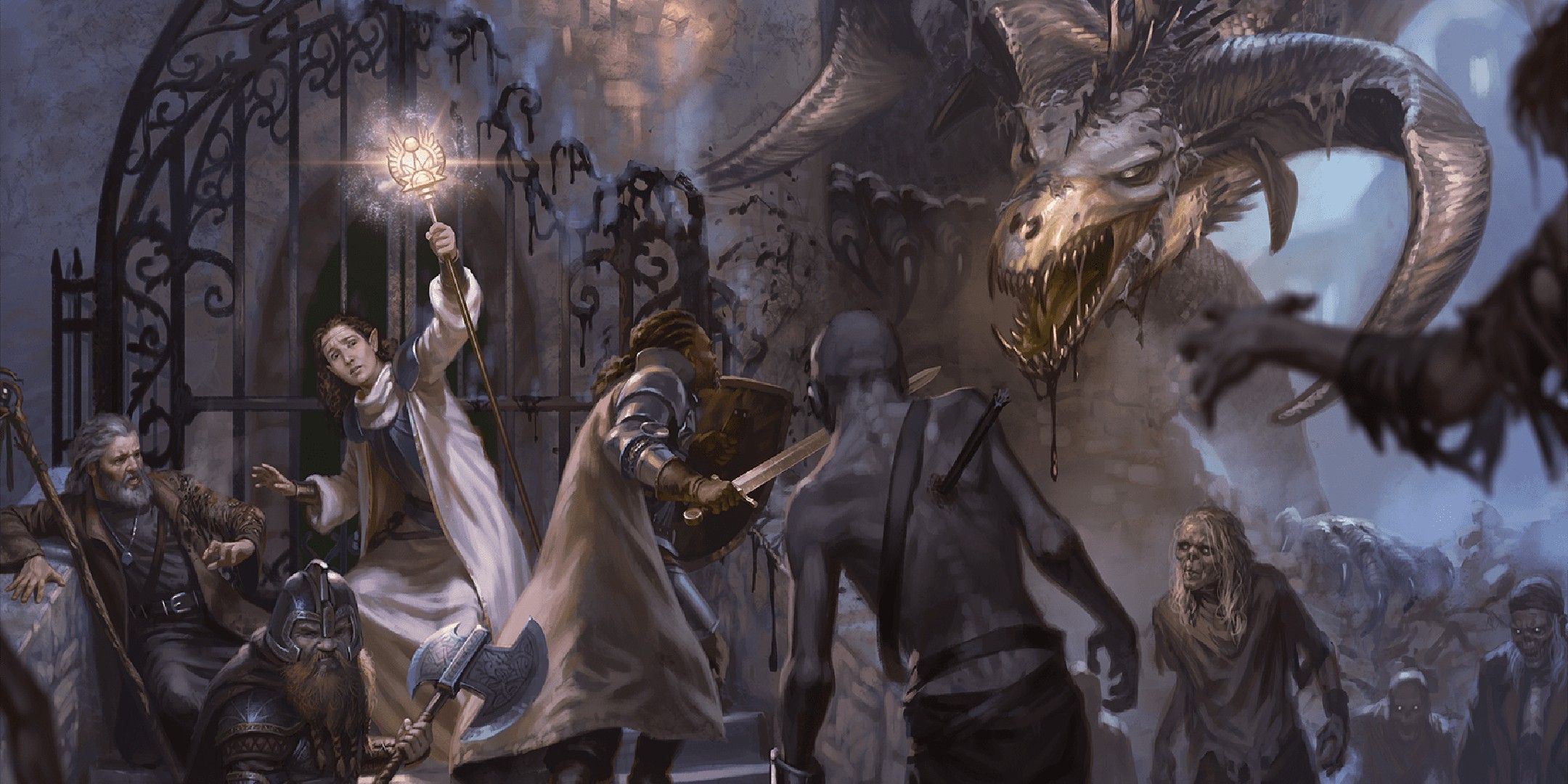
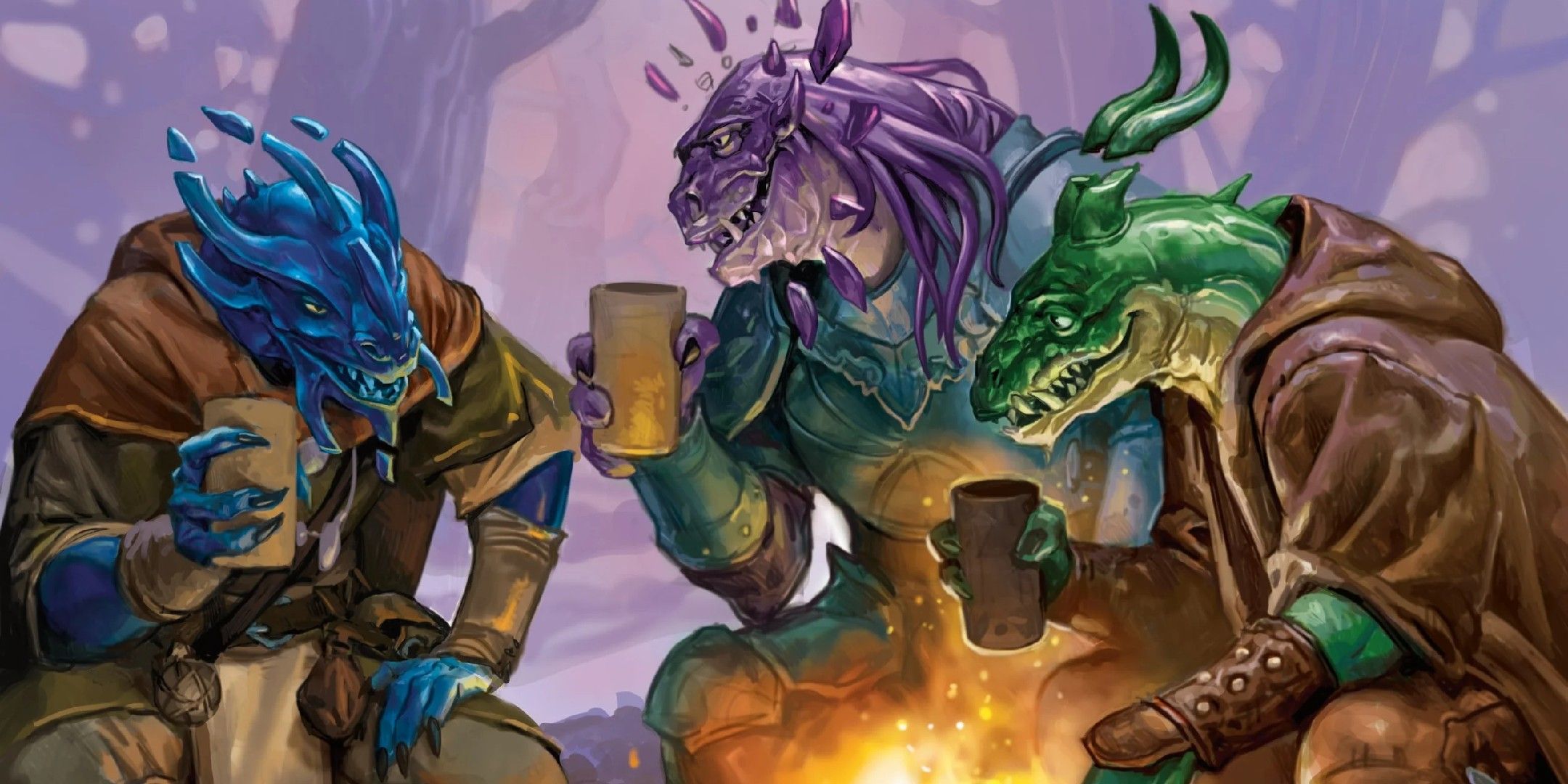
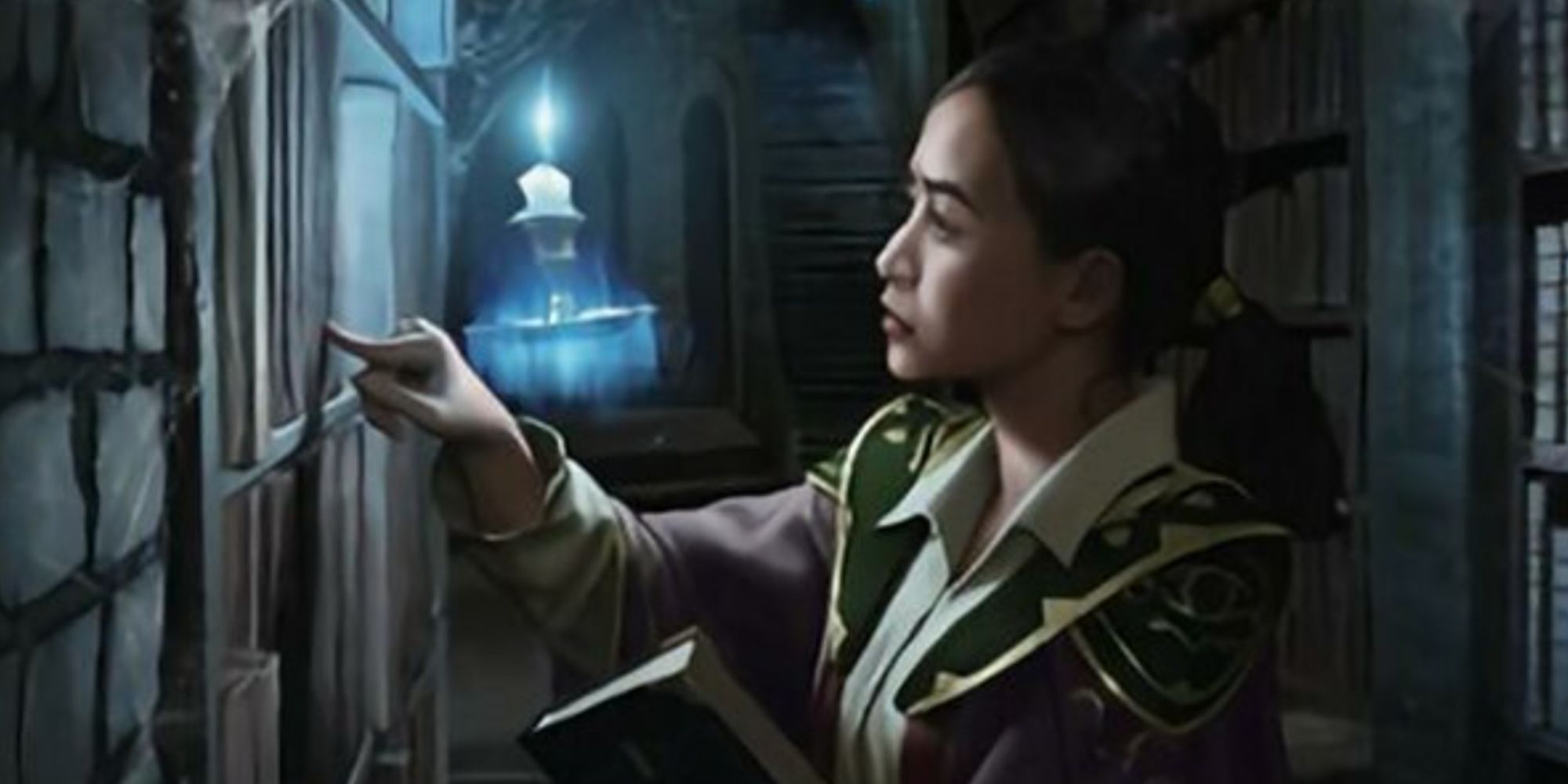





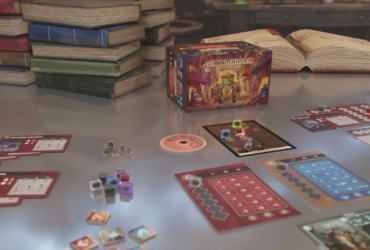
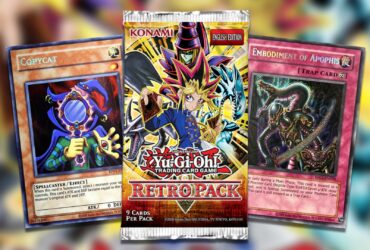


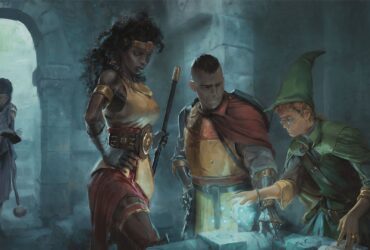
Leave a Reply